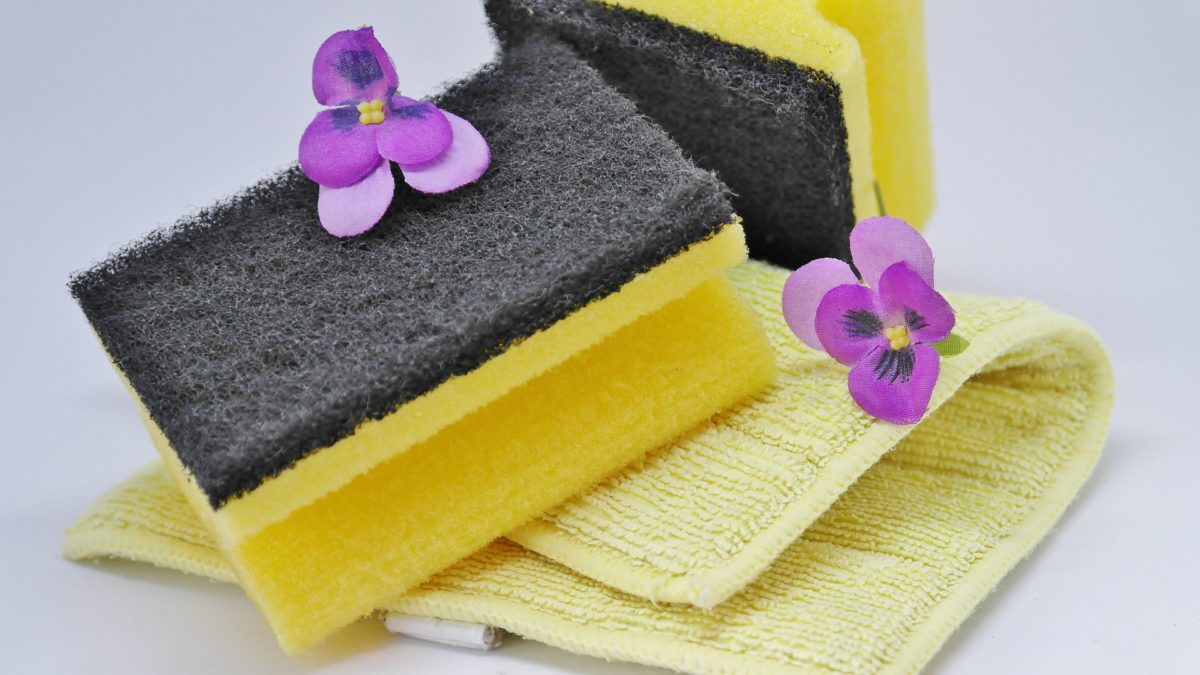How to spring clean, sustainably

Mess happens to the best of us, and in the middle of term, who has time to clean? However, the end of this winter session is the perfect opportunity to discard (read: recycle) the Skip the Dishes refuse and determine what in our houses, apartments, or illegal basement suites still serves our lives.
Most of us have too much stuff. The spaces in our closets, drawers, and under our beds are crammed with things. This makes it difficult to a) make sense of what belongings have a use or meaning to us and b) organize them effectively. The best way to tidy is to purge.
Though the subject of many memes, the #KonMari method of decluttering to actually has a lot of merit. Marie Kondo, a tidying consultant and author who now has a show on Netflix, advises starting with clothes, then books, paper, miscellaneous items, and sentimental items, keeping only possessions that are either useful or “spark joy.” It’s a mindful, introspective exercise, as it requires that you handle each item and carefully consider which of your clothing and other possessions is functional for your lifestyle and/or simply brings you happiness. Everything else, you let go.
Once you have decided which belongings to keep, put everything away somewhere that makes sense. Having a designated place that each item belongs makes keeping your space tidy much easier. Drawer and vanity organizers, multi-tiered shoe racks or hanging shoe organizers, and over-door toiletry caddies and hooks are all game-changers. If you don’t have enough closet space, freestanding clothes racks are a great option. Flocked (velvet-covered) clothing hangers are amazing for anyone whose clothing tends to slide off of standard hangers. All of these things can be found at affordable outlets such as Walmart or Amazon.
As for the items to be disposed of, there are options that don’t involve a trash can and that might even earn you a little extra cash. Rather than adding to a landfill, consigning and donating is a great way to give your unwanted possessions new life while giving back to the community.
Consignment shops take gently used clothing and accessories and give you money back for them. Some places, such as Pocket Clothing at Oak Bay Junction, pay up front. Others give you a percentage after your items sell.
There are also resale websites, swap-and-shop pages, and apps like Varagesale for selling items online. However, the downsides of this include needing to keep the items in your home while you wait for them to sell, and having to negotiate the sale with a stranger, which can be a safety risk.
While not as altruistic as donating, resale makes perfectly good items available for far less than the original retail price, and keeps them out of the garbage.
If your clothing isn’t accepted for consignment, donate it. As well as being a resale chain, Women in Need (WIN) has programs that support women in low-income situations or in transition housing who need resources. Value Village accepts donations on behalf of nonprofits, then buys the items from the nonprofits, providing them with revenue.
With the clutter gone, you’ll probably notice more dirt than you did before. While a vacuum and duster should get most of it, some grime (like that pink scum in your shower, sink, and toilet) requires chemicals. Fortunately, there are non-toxic options. West Coast Refill, a local business selling home and body products in bulk, offers environmentally friendly household cleaning products, so you don’t have to worry about what goes down your drain or on your counter. The store requires customers to bring their own containers or purchase reusable ones, thereby eliminating disposable packaging.
The most important part of house cleaning is the maintenance — don’t put in effort only to let clutter and dirt build up again. A living space that is pleasant to come home to, and that you can show off to dates and friends, is good for your mental health. After all, it’s the end of term, and we all deserve a little peace.








